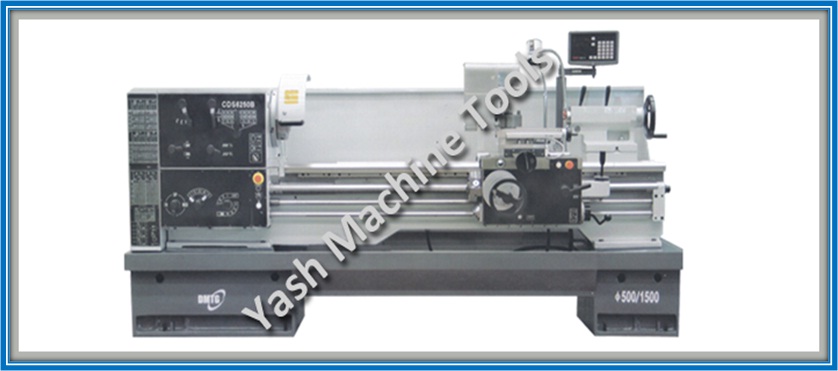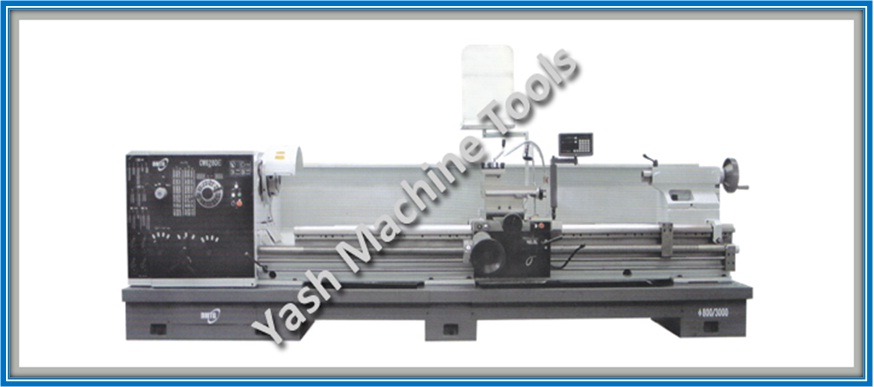High Speed Machining – Up to What Extent Suits to Your Industry?
One great rule in the Manufacturing industry is that automation applied to an efficient operation magnifies the efficiency. High speed machining is one process that has magnified efficiency in the engineering and automation sectors and is a vital element in virtually any operation. Machining of complex and large numbers of pieces is now a success through high technology machine tools available in industry.
Lathes for Heavy Machining Requirements
Certain features are critical for heavy duty machining, as the work pieces are larger than the normal diameters. Greater load capacity is achieved with a spindle bore of 130mm and more and a sufficient bed width for the machine capacity.
- The carriages are also sufficiently wide and there is transverse arrangement of the saddle, cross slide, and top slide.
- The faceplates must be sufficiently wide to handle large components facing work.
- Sufficiently powered induction motor for the spindle drive
- Varying spindle speeds and presence of anti friction bearings.
- Rigid tail stock and hardened sleeve as well as in built rotating centers for better stability of the machine during operation.

The extra heavy-duty Pedestal type lathes are highly demanded in the heavy machining industry due to their versatility in handling large work pieces efficient machining. High-speed operation is achieved through more than 15 horse-powered motors while the spindles are dynamically balanced to produce precise machining and high quality surface finish.
Extra heavy duty lathes – Planner type is also suited for heavy industrial operations and produces a perfect finish due to high precision in application. Some important features include the hardened bed ways, hardened and ground headstock gears, high tensile hardened steel headstock and spindle. The motor output is up to 22 kilowatts for maximum power delivery.

Benefits of High Speed Machining
Before technology advanced to the level it is today, there was the constant worry on the safety concerns of high speed turning operations. The biggest threat was the development of the centrifugal force that develops as the speed increases. This force leads to loosening of the work piece by the chuck, which leads to mis-alignment of the tool and work piece and poor quality work.
- With the improvements in the gripping of the work piece such as counter balancing of the chuck, this problem has been solved and you can reduce the cycle times dramatically and therefore reduced work completion times.
- Equipment and tool set up time is also dramatically reduced due to more “user friendly” controls on the heavy duty high speed lathes.
- The invention of harder tools such as the diamond and carbide bits, which run for longer time without wearing off, has also been of great importance.
- Elimination of subsequent grinding operations also lowers the time taken to achieve a good finish.
- Management of heat during the process has been achieved through the cooling pump and the coolant system hence higher efficiency achieved.
The high speed machining is now a real innovation that has been adopted in many industries due to the high efficiency derived from the process. Your machining needs have been effectively covered through this process.
- Maintenance Tips for Vertical CNC Milling Machine in Iran’s Harsh Industrial Environment
- Market Potential for CNC Lathe Machines in South African Countries: Trends & Insights
- How Saudi Arabia’s Manufacturing Industry Rely on All Geared Radial Drilling Machines?
- Why All Geared Lathe Machines are Gaining Popularity in German Industry?
- Top Applications of Horizontal Boring Machines in Australian Manufacturing Industry
- The Growing Demand for All Geared Lathe Machines in Global Markets


